

Finding the right sensitivity for you is of utmost importance to mastering and fine-tuning your ability to aim effectively, so let’s start there. A low sensitivity has your character turning very slowly but it usually makes aiming and weapon handling easier. On the flip side, a high sensitivity will have your Guardian turning around extremely quick, but as a result, aiming can be more difficult to control.
Ideally you want your sensitivity to be as high as you can handle it without having it be disorienting or negatively affecting your aim. There are a myriad of other advantages associated with higher aiming sensitivities:
Lower sensitivities are easier to handle but generally offer less advantages. If you’re accustomed to using a lower sensitivity such as 3, try out 4 for awhile in PvE. After you feel more comfortable with it, try out 5 for a bit. The goal is to get as used to a higher sensitivity.
If you jump into an easygoing Patrol environment and master aiming for the head with a high sensitivity, it’ll make it that much easier once you’re ready to enter the Crucible.
This, much like the peripheral vision technique that was discussed in chapter 1, is all about developing your muscle memory. Practice flicking your thumbstick and try and internalize how far it moves with each flick. Train with the weapon that you are best with, or that has the highest stability, as that’ll make the whole process easier.
All things considered, what will really define your ideal sensitivity is your playstyle. Are you a run and gun shotgun/fusion rifle user? Then a higher sensitivity works best as it will allow you to jump between your targets quicker. Are you a patient sniper/scout rifle guy who prefers to fight from afar? Then a lower sensitivity will work best since it will give you greater recoil control without having to worry about jumping between multiple enemies.
An important thing to keep in mind is that your look speed changes depending on whether or not you are ADS. Aiming down sights reduces your look speed by a significant amount, enough so that you’ll struggle to keep up with a fast-moving target (Blinker). It’s usually best to pop in and out of ADS when you are going to be covering large distances between targets.
Once you’ve found the sensitivity that you are most comfortable with, you can start the process of fine-tuning your aiming.
The meta of pre-aiming changes depending on a wide variety of variables: weapon type, distance from target, line of sight, among others. These will be discussed in greater detail in future chapters.
AA is strong in Destiny, and some weapons have much more of it than others. Whether it helps or hinders you will depend on your preferences.
It may get in the way if you’re shooting at someone at a distance and another enemy happens to run by. The aim assist may track him and throw your aim slightly off. This is especially aggravating when sniping.
Bullet magnetism is also a thing. This pulls bullets towards your target, even if your crosshairs aren’t directly on it. You can put your crosshairs mere millimeters away from your enemy and he’ll still take damage from your shot.
You can usually use this to your advantage: If you can’t get a direct shot on an enemy behind cover, shoot as close to the edges as you can. More often than not, you’ll still hit the guy (especially with precision weapons).
Now that you’ve found your ideal aiming sensitivity and understand what to aim, it’s important that we understand how to aim most effectively.
Unless you’re using Southpaw, you’ll aim with the right stick and move with the left. As a result, most players think that each stick is exclusive to their function, but you are doing yourself a disservice if you only use the right stick to aim at your targets.
The movement stick can be used to aim at your target thanks to the aim assist; it keeps your weapon anchored to your target as you move back and forth.
The way that you place your thumbs on the sticks has a huge effect on your aiming, believe it or not. Some gamers place either the tip, fingerprint area, or first knuckle bone on the very top of the stick.
The tip doesn’t work very well because it limits the your range of movement a bit; it’s kind of difficult keeping the tip of your thumb as you move the stick all the way forwards and also has a much shorter range of motion.The first knuckle bone doesn’t work very well either; it offers little precision and is more prone to slipping.
The bottom “fingerprint area” of the thumb work best, towards the front and right below the fingernail. In my opinion it has the best range of motion, speed, and comfort.
Now, where on the stick do you place your thumb? I find the best place to be a nice middle portion between the very center and the edges of the stick. The center is hard to stay on for the entire radius of the stick and having your thumb on the edges doesn’t give you as much control.
Automatic weapons are a bit of a crutch. Throughout decades of games, automatic weapons have conditioned most gamers to follow the spray and pray mentality. They require little thought by the way they reinforce the run and gun, mindless rushing mentality. They disregard things like controlling your shots and more advanced techniques.
Put down the auto rifle and pick up a hand cannon or scout rifle, even if you’ve never picked one up before. Take a few deep breaths, grab your new friend and take him with you into the Crucible. Try to use nothing but your hand cannon for at least 10 consecutive games.
While you’re going through these games, keep everything you learned in this article in mind. Be conscious of your aiming, your shooting, and your positioning. There’s a reason that nearly all the best Crucible players run nothing but hand cannons.
Once the ten games are up, take a break and maybe go back to PvE to try out a new sensitivity. Have you found the best sensitivity for you yet? If you think you’ve reached the optimal setting, continue to work on your aiming skills with weapons you’re not necessarily accustom to.
It all comes down to repetition and muscle memory. The more often you practice, the better the results. Once you learn it, it’s like riding a bike. You’ll never forget.
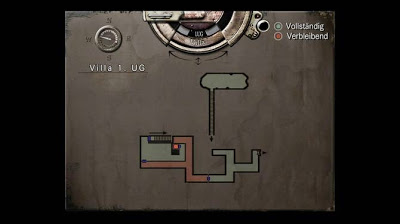
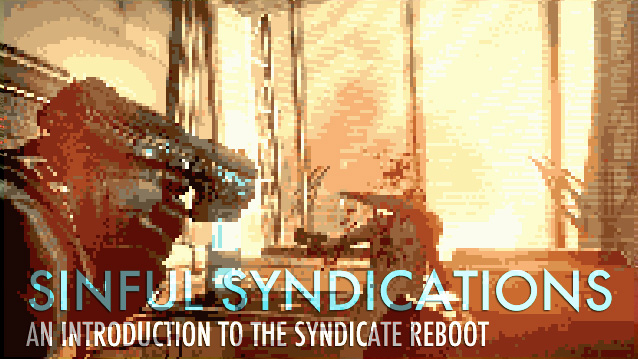

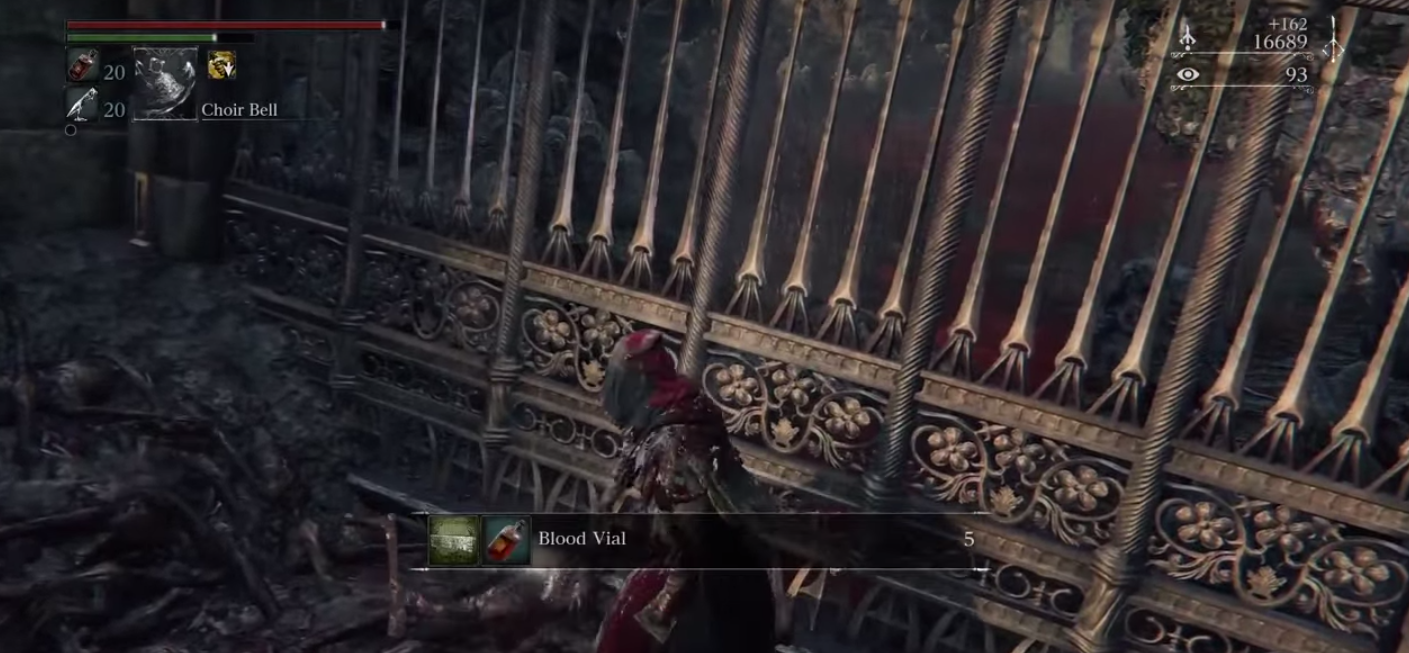
 Battlefield 4 : Achievements and Trophies Guide
Battlefield 4 : Achievements and Trophies Guide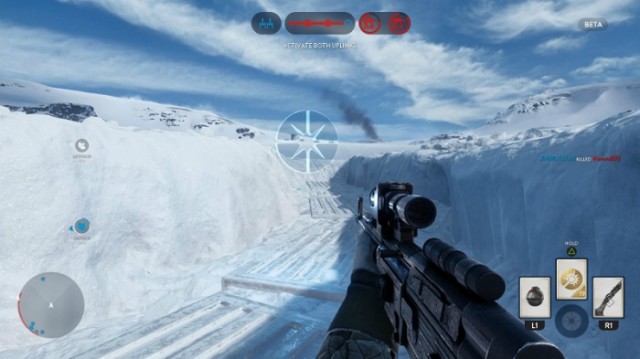 How to use all Power-ups and Field Pickups in Star Wars: Battlefront Guide
How to use all Power-ups and Field Pickups in Star Wars: Battlefront Guide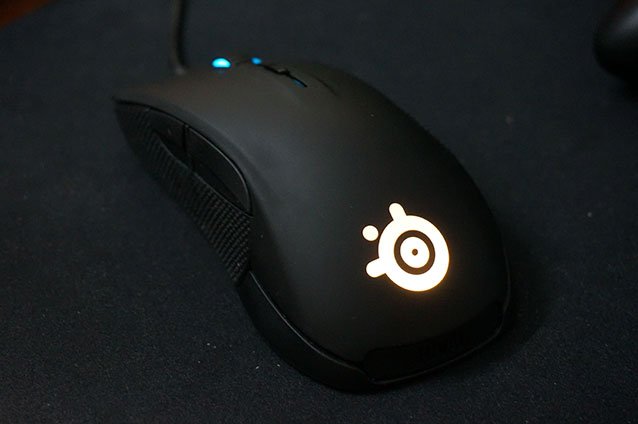 SteelSeries Rival Review
SteelSeries Rival Review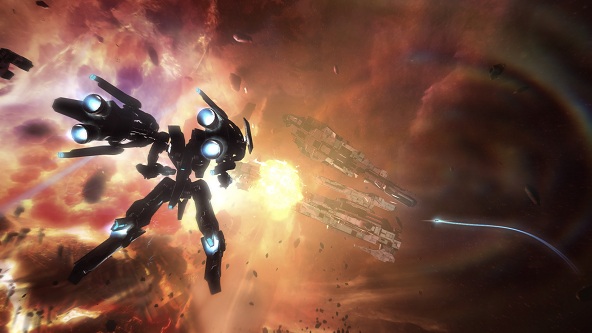 Strike Suit Zero Walkthrough
Strike Suit Zero Walkthrough Top 10 PS3 Games of 2012
Top 10 PS3 Games of 2012